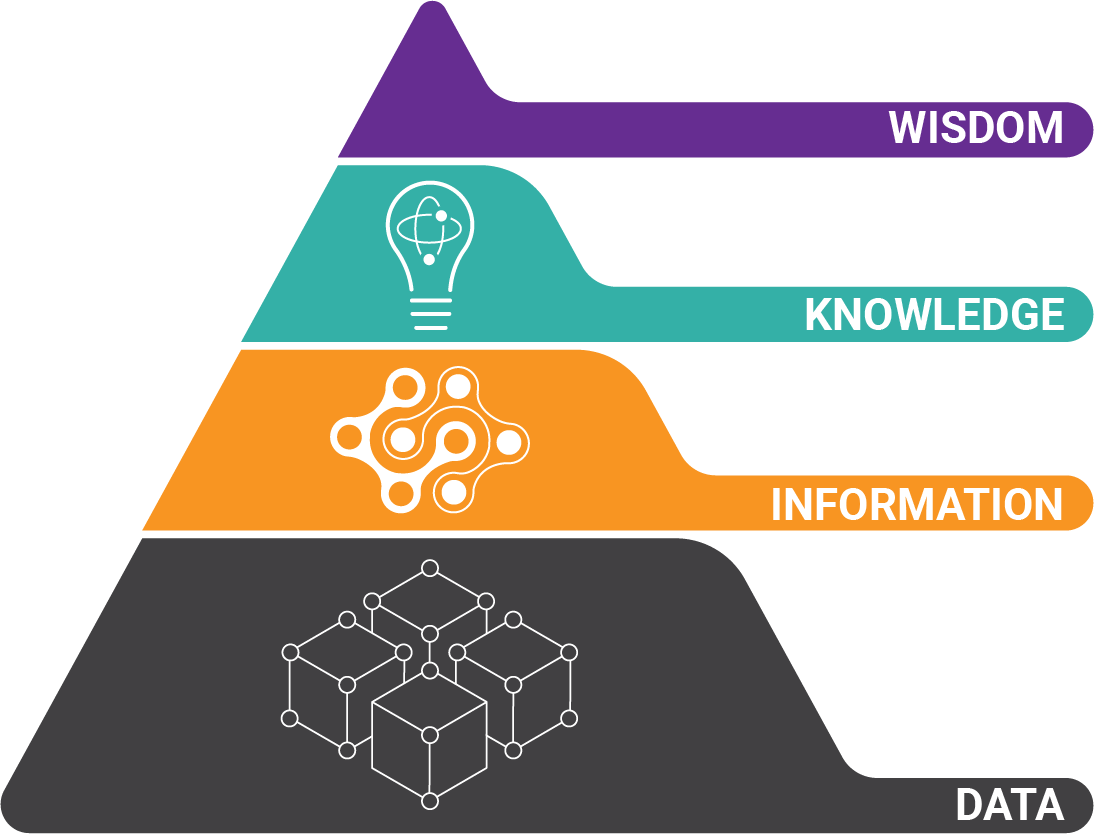Automating mill test reporting is a tough task because the reports contain a large amount of data on a raw material’s chemical and physical properties.
Material test report processing is performed by trained professionals and is a very time-consuming but necessary process. But luckily, there's a far better way that can provide significant cost and time savings for fabricators and material customers.
Contents:
- What's included in a mill test report?
- What is a mill test report?
- Why is it tough to process MTRs?
- Why automated processing of mill Test reports is so important
- How to use AI to process mill test reports
- Mill test report FAQs
What is a Mill Test Report?
 A Mill Test Report (MTR) is a quality assurance certificate that exactly documents a material's chemical and physical properties. MTRs also certify that a metal product is in compliance with international standards organizations.
A Mill Test Report (MTR) is a quality assurance certificate that exactly documents a material's chemical and physical properties. MTRs also certify that a metal product is in compliance with international standards organizations.
MTRs can go by many other names, such as:
- Certified Mill Test Report
- Mill Certification
- Metallurgical Test Report
- Mill Test Certificate (MTC)
- Inspection Certificate
- Mill Inspection Certificate
- Certified Material Test Report
- Certificate of Test
Basically, MTRs show proof of a metal product's origins, traceability and provide certainty to the end user about the metal quality and processes involved to create it.
Mill test reports typically include information such as:
- The country that the product was melted and produced in
- Physical and chemical property specifications
- Exact size, diameter or shape dimensions
- Compliance with standards organizations like ANSI, ASME or ASTM
What's Included in a Mill Test Report?
Every steel mill is different, so their reports will also appear slightly different. However, they all contain basically the same information to help a customer verify the material's dimensions, properties, and much more.
Here is an example test report, along with descriptions about the data that is universal to almost every mill test certificate:

1) Customer Details
Usually located near the top of the report is information about the manufacturer and customer. This includes the name of the customer, purchase order number, and dates of transaction.
2) Product Description
Next to the customer details section, you will find information on the quantity of materials, dimensions like width and thickness, and much more.
This section also documents which governing specification standards (ASTM, AMS, ANSI, etc.) apply to this material.
3) Material Heat Number / Heat Code
The heat number is a code for that specific metal product. It can be used to identify that exact product and help consumers, manufacturers or mills learn about it's origin.
This number can be traced back to the mill or origin, the specific metal forging session that the batch of metal was created in, and the chemicals in the product. This number is also stamped on the metal before it is shipped out from the mill of origin.
4) Chemical Analysis
The chemical analysis data describes the metal alloys included in the metal. Depending on the alloys included in the product, the metal is required to fall within specific ranges to comply with specification standards.
Common alloys included in this section are amounts of copper, nickel, aluminum, chromium and carbon.
5) Mechanical Properties
This data describes the metal product's mechanical properties, like strength, hardness, elasticity and ductility. This information is vitally important how the product will be used. The customer can use this information to learn or ensure that the metal will stand up it's intended application.
6) Quality Assurance Statement
This section affirms the manufacturer's compliance with associations such as certified Quality Management System practices.
Heat Treatment
This information will only be included on a mill test report if a temperature treatment was applied to the metal product. These treatments change the physical or chemical properties of metal material.
Treatments can include applying extreme heat or cold to material like normalizing, tempering, or hardening.
Material Grade
The mill test document will also detail the grade of the metal that was produced.
Why is it So Tough to Process Mill Test Reports?
 There are many reasons for this, including:
There are many reasons for this, including:
- The huge amount of data contained on the mill test certificates
- The mill test report document layout is different for each manufacturer
- Poor image quality because they’ve been printed, hand-signed, and scanned
- They can contain several different languages since international distribution of these commodities is so common
Here’s a sample MTR for a steel plate from the Paul Mueller Company, a stainless steel manufacturer:

As you can see, there are a lot of fields of data, like:
- Data and general product info
- Product description
- Remarks
- Physical properties
- Chemical analysis
- Mechanical properties
The crucial thing to note is that once a raw product is shipped to a manufacturer, it is then their responsibility to track and maintain an awareness of the information on the test report.
For example, in the steel industry this is done through a heat code, or heat number stamped or written on the metal itself.
Why Automated Processing of Mill Test Reports is So Important
 MTRs are important documents for metal suppliers and their customers as they verify a metal product's properties and origins. These documents certify that the products have met certain regulatory standards.
MTRs are important documents for metal suppliers and their customers as they verify a metal product's properties and origins. These documents certify that the products have met certain regulatory standards.
ASME certification require that mill test reports must be kept on file for up to three years after a product has been used to create something. It’s obvious that this critical data be kept in a database for tracking and reporting.
This is why automating the processing of mill test data is a huge time-saver for companies who use and process a large number of raw products from many different vendors.
To make the point about why automation has been so difficult, perform a Google search for mill test report examples and you’ll see that there’s no standardization for how the reports are structured.
How to Use AI to Process Mill Test Reports in 5 Steps:
Some MTRs are emailed in PDF format as part of the shipment notification for ordered products. However, in many cases only physical copies are available, so they must obviously be scanned.
Step 1: Mill Test Report Document Image Processing
 The first step is taking the digital copy (scan) of the test report and using image processing software to remove all non-text elements.
The first step is taking the digital copy (scan) of the test report and using image processing software to remove all non-text elements.
This means digitally removing all the lines and non-text objects. Humans need this kind of document structure to gain an understanding of the data. But for software to “read” the MTR, these lines and objects only get in the way.
And if the MTR has been faxed and dragged around a dirty shop floor, and then scanned – it’s going to need some digital cleanup!
Step 2: Read Your Data
 Next, optical character recognition (OCR) and AI are used on the material test report to recognize all text on the page. Modern OCR tools are advanced enough to use different methods on the document until all text is accurately recognized.
Next, optical character recognition (OCR) and AI are used on the material test report to recognize all text on the page. Modern OCR tools are advanced enough to use different methods on the document until all text is accurately recognized.
Even if 100% accuracy isn’t obtained, this will be corrected in later steps.
Step 3: Training on Your Test Reports
 The third step is to use machine learning to train software to recognize that a document is the mill test report. This is important in case additional documents are attached to the MTR. You may or may not want to collect this additional data.
The third step is to use machine learning to train software to recognize that a document is the mill test report. This is important in case additional documents are attached to the MTR. You may or may not want to collect this additional data.
This training may sound daunting, but it's pretty simple. Training is as simple as putting a test batch of MTRs into the system and telling AI which pages are the material test report.
Training will require a few examples, but not hundreds or thousands. Once the system learns what an MTR is, you can test it on a much larger set of documents to verify it is correctly classifying the documents.
Step 4: Human Review of Mill Test Report Data
 This step is one of the most important: reviewing any exceptions or discrepancies in your reports.
This step is one of the most important: reviewing any exceptions or discrepancies in your reports.
Remember I mentioned earlier that there may be some characters not read with 100% accuracy by the OCR engines? Here’s where the system is programmed to flag any word or number it isn’t 100% sure about.
In a data review screen, the test report will be displayed in a visual format so that what the system “read” can be compared with the actual document.
 A critical part of human review is to set up the system to automatically search through known information, like: Purchase Order Number, Material Grade, and Order Requirements.
A critical part of human review is to set up the system to automatically search through known information, like: Purchase Order Number, Material Grade, and Order Requirements.
By “looking up” this information in your database and comparing it to what was found by the automated processing software, you add an additional layer of quality assurance. So, if your purchase order was for a particular material grade but the MTR lists something different, this will also be flagged for human review.
Step 5: Integrating Your Material Test Report Data
 The final step of the process is to integrate the material test report data and the digital copy of the document(s) with your existing quality software or reporting tool.
The final step of the process is to integrate the material test report data and the digital copy of the document(s) with your existing quality software or reporting tool.
It's only made possible by a new intelligent document processing platform called Grooper.
Interested in learning how to automate review processes for mill test reports? Contact us to learn about automating your MTR processing!
Or Download the Guide:
How to Automate Mill Test Report Processing in 5 Steps

Mill Test Report FAQs:
What is an MTR?
 An MTR is another way to refer to a Mill Test Report. MTRs are certificates that verify that the chemical make up of raw materials such as steel and metal alloys were properly analyzed.
An MTR is another way to refer to a Mill Test Report. MTRs are certificates that verify that the chemical make up of raw materials such as steel and metal alloys were properly analyzed.
These reports are created by the raw material's manufacturer and MTRs follow the metal along the supply chain until it's final destination. MTRs help inform the end user that the metal can stand up to necessary requirements for every day use.
About the Author: Brad Blood
Senior Marketing Specialist at BIS





